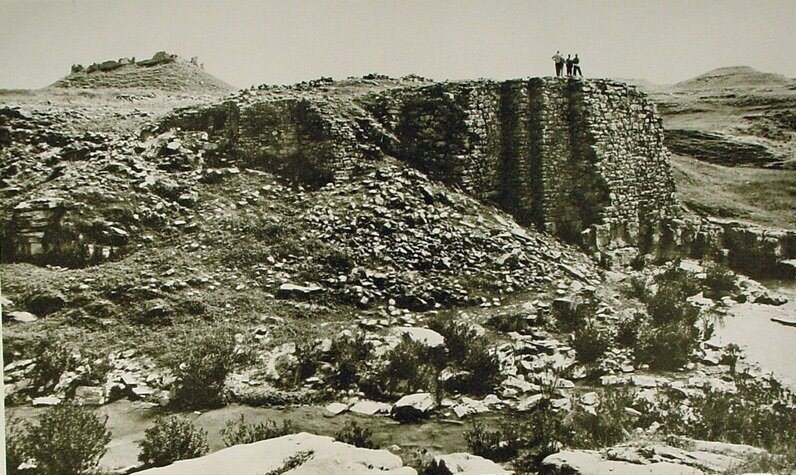Birthplace of Cyrus the Great undergoes restoration

TEHRAN – The ancient castle of Qaleh Bardi, where Cyrus the Great, the founder of the mighty Achaemenid Empire (ca. 550 – 330 BC) was born, has undergone some rehabilitation work.
Project goals are to organize, strengthen, and continuously protect the historical structure, which is located in Andika, southwestern Khuzestan province, ISNA reported on Saturday.
It is estimated that Qaleh Bardi was built around 2,700 years ago during the Achaemenid period.
Cyrus the Great was born in the castle, which was the first permanent residence of the Pars people.
Roman Ghirshman, a Russian-born French archeologist specializing in ancient Persia, conducted the first archaeological surveys of the castle years ago. According to him, this castle is a unique and significant work in the region.
While Qaleh Bardi is a unique structure, its boundaries have not been defined yet, so residents have been using it as agricultural land, resulting in significant damage to its structure.
Located at the edge of the valley, Qaleh Bardi is made of large stones without mortar and even its walls sustain some damage, but with a little repair, they can be restored to their former strength.
Khuzestan is home to three UNESCO World Heritage sites Susa, Tchogha Zanbil, and Shushtar Historical Hydraulic System, yet it is a region of raw beauty where its visitors could spend weeks exploring. The province is also a cradle for handicrafts and arts whose crafters inherited from their preceding generations.
Lying at the head of the Persian Gulf and bordering Iraq on the west, Khuzestan was settled about 6000 BC by a people with affinities to the Sumerians, who came from the Zagros Mountains region. Urban centers appeared there contemporaneous with the first cities in Mesopotamia in the 4th millennium. Khuzestan, according to Encyclopedia Britannica, came to constitute the heart of the Elamite kingdom, with Susa as its capital.
ABU/AM
